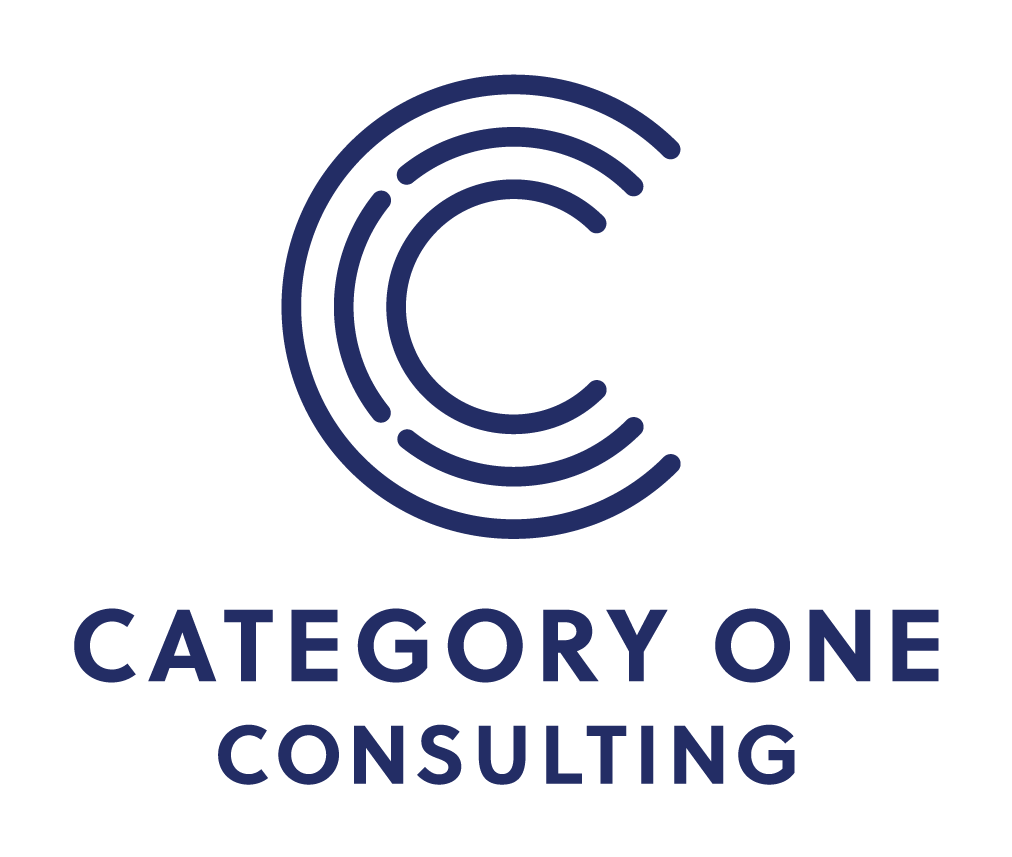Are You Ready? Preparing for Unexpected Leadership Leave.
If your organization were to lose a member of your leadership team today, would you be ready? I am not a mind reader, but I am willing to bet that your answer to that question is an emphatic NO (but please, humble me in the comments to this article if I’m wrong!). For most leaders, succession planning is something that often gets talked about a lot but then gets pushed to the side while other tasks take priority. And understandably so! Succession planning seems like something that is far off—something you will need down the road, but it doesn’t always feel urgent for today. But the truth is, you don’t know when a key leader might unexpectedly step away, and suddenly it IS urgent, and you are not ready. And because I care for my internet acquaintances, I don’t want that for you. So, to make it easy, I have provided a few initial steps below to get you started on your succession planning efforts.
If your organization were to lose a member of your leadership team today, would you be ready?
1. Outline Role Tasks & Frequency. Before you can plan for someone to step into a leadership role, you need to have a clear understanding of what that role entails. Start by having each leader outline the tasks and responsibilities associated with their role, along with how often these tasks are performed. Is this a daily task? A monthly review? A quarterly presentation to the board? Getting detailed with this task breakdown helps ensure that nothing falls through the cracks if someone needs to step in. Think through the tasks that are performed on a daily, weekly, monthly, quarterly, biannual, and annual basis. This task can seem quite cumbersome, but it is extremely valuable. This exercise is especially valuable if the leader has significant tenure and autonomy in that role.
2. Create Task Guides. Once you have outlined the tasks, it is time to create clear, actionable guides. These should detail the what, when, why, and how the most critical tasks are performed. Think of these guides as a roadmap for anyone stepping into the role temporarily or permanently. These task guides help facilitate knowledge transfer and ensure consistency in how critical tasks are performed, which helps to maintain stability within the organization.
3. Identify Potential Successors. After you have outlined the tasks for the role and their frequency and created task guides for critical tasks, you can now start to think about potential successors. Who in your organization could step into a leadership role if needed, either temporarily or permanently? This might be a staff member who has shown leadership potential or someone in another department who has the skills and drive to take on new responsibilities. It could also be someone from outside the organization with the skills needed for the transition. It can often be difficult to think about a permanent successor, so we recommend simply thinking about who would be most appropriate to fill that position temporarily on an emergency basis as a starting point, as this is most critical.
4. Cross-Train on Critical Tasks. Now that you have identified someone who could fill the role in the event of an unexpected leave, we encourage you to do some basic cross-training on the most critical tasks. Have the incumbent share the task frequency outline and the task guides with the potential successor and train them in the tasks that would need to be performed during a short-term absence (e.g., a week or two absence). This serves as a good starting point, as this prepares the potential successor for the most immediate and critical tasks while other tasks may take more time to learn. Ultimately, you can choose to cross-train as many tasks as you would like. The further you train the more equipped and ready you will be should the need for a successor ever arise.
Even just taking the first two steps will put your organization miles ahead of where you were and where most organizations are regarding planning for the unexpected. Succession planning may not feel urgent today, but when it is done right, it will give you peace of mind knowing you are ready for whatever comes your way. If you would like help with succession planning or other employee development needs, feel free to reach out!

